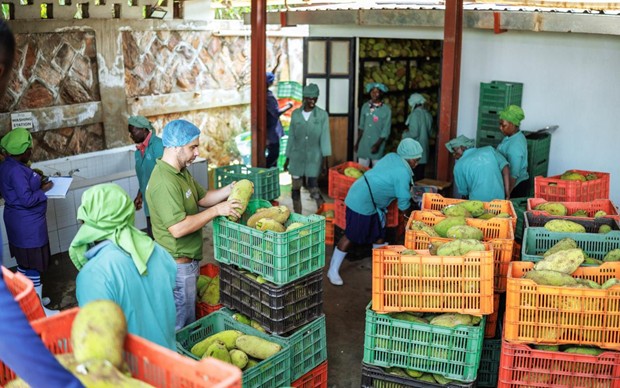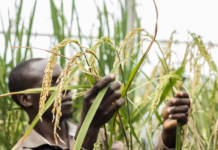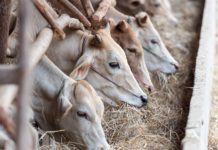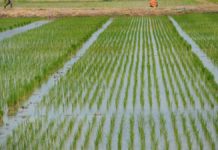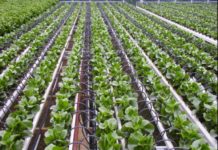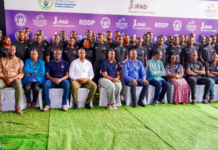With high food prices affecting people around the world, especially in low-income countries, Alvaro Lario, President of the UN’s International Fund for Agricultural Development (IFAD), highlighted the urgency of making strategic investments in agriculture and rural development to prevent future food price increases and ensure access to healthy diets for all. His video statement was delivered at the Special Event dedicated to the State of Food Security and Nutrition in the World 2025 (SOFI 2025) report, on the margins of the ECOSOC High-Level Political Forum (HLPF) at UN Headquarters in New York, today ahead of the full report launch on 28 July.
According to the analysis on 2021-2023 food prices conducted in the report, the extensive fiscal and monetary interventions responding to the COVID-19 pandemics, combined with the consequences of the war in Ukraine and recurring climate shocks, have contributed to inflationary pressures and high food prices in recent years. Low-income countries have been hit particularly hard. While median global food price inflation increased from 2.3 per cent in December 2020 to 13.6 per cent in early 2023, it climbed even higher in low-income countries, peaking at 30 per cent in May 2023.
“Rising food prices increase hunger, food insecurity and malnutrition – and it is the poorest and most vulnerable, who spend a larger share of their income on food, that are most affected,” said Lario. He also emphasized the need to step up investments in rural and agricultural transformation. “Agrifood systems remain fundamental in ensuring macro-economic stability,” he underlined.
While monetary and fiscal policies as well as social protection measures can be taken to address food price inflation and shield the most vulnerable, it is also essential to step up strategic investments in food systems. Investments in a more productive and climate resilient agriculture, in post-harvest, market, transport and storage infrastructure and in market and food prices information systems can stabilize food production, prevent value chain bottlenecks and market distortions, and enhance price stability.
Investment is also needed in rural small and medium-sized enterprises (SMEs), which play a critical role in rural economies. They provide small-scale food producers access to opportunities and create jobs, helping rural populations to diversify their incomes and buy more nutritious foods.
Official Development Assistance (ODA) is not enough to unlock the potential of agriculture. For the last two decades, donor support to agricultural development has been stagnant at just 4-6 per cent of the total, reaching only US$10 billion in 2023. In addition, very few African governments have devoted 10 per cent of their budget to agriculture as per the 2024 Malabo declaration commitment by signatory states.
At the fourth Financing for Development Conference last month, IFAD called for smarter finance to boost rural growth and unlock 4.5 trillion dollars’ worth of opportunities in agrifood systems. The Fund also committed to continue developing innovative financial tools to channel more public and private sector investment to the rural areas of developing countries.


